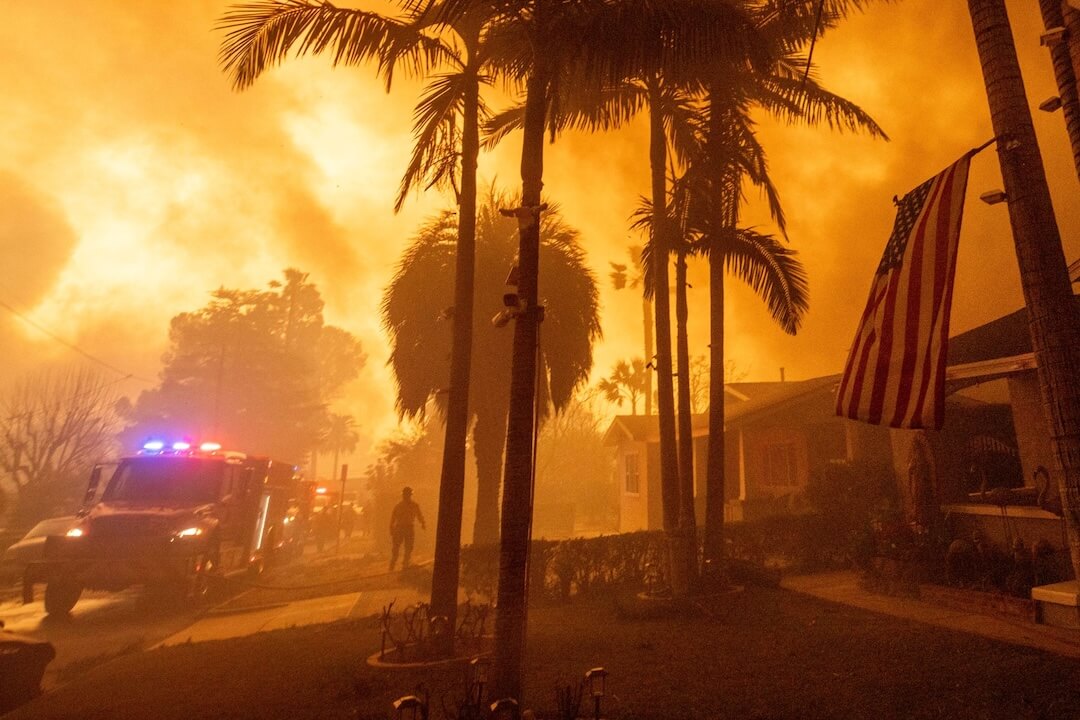There’s a simple truth in journalism: big weather brings an onslaught of fake images.
This is already fully on display with Sandy, as evidenced by an old shot taken at the Tomb of the Unknowns that’s circulating today, along with several other fake or old images that have taken flight on Twitter and Instagram.
A new site called “Is Twitter Wrong?” is listing fake images. BuzzFeed has also built a list of nine fake images, as well as a quiz you can take to test your skills at spotting fakes. Similarly, The Atlantic has started sorting out the fake Sandy photos from the real ones.
Earlier today, journalist Andrew Katz tweeted this observation: “Half of Twitter is debunking #sandy photos posted by the other half. Second half should vet images so everyone can focus on news.”
How do you avoid getting fooled? Step one is to not retweet or repost any image you see circulating online. Verify it, or don’t spread it. Those are your choices.
Here are some photo verification resources to help you out:
- Check out this piece on how to verify information from social media in real-time; it includes this advice about photo verification from Storyful:
Often we are alerted to videos that are duplicated and reposted. Finding the original source is the first step in our verification process and it can require several techniques. Image technology allows us to find the first instance of video thumbnails and images. Examining data embedded within the image provides more information. And by identifying keywords to run through search engines, we often find the first upload of a video or image.
- Here’s a presentation I recently gave that includes an entire section about photo and video verification. (It’s based in part on a previous presentation I gave with Mandy Jenkins):
- Here are two quick guides to verification from the BBC’s User-Generated Content Hub and the folks at Storyful. Storyful’s @StoryfulPro Twitter account features tweets that confirm and debunk information.
- Earlier this year, I wrote a piece about three ways to tell if an image has been manipulated.
Overall, remember to always beware of “amazing shots” that circulate during breaking news situations. Events like Sandy are ideal for hoaxes, and they love nothing more than getting the press to share their handiwork.





